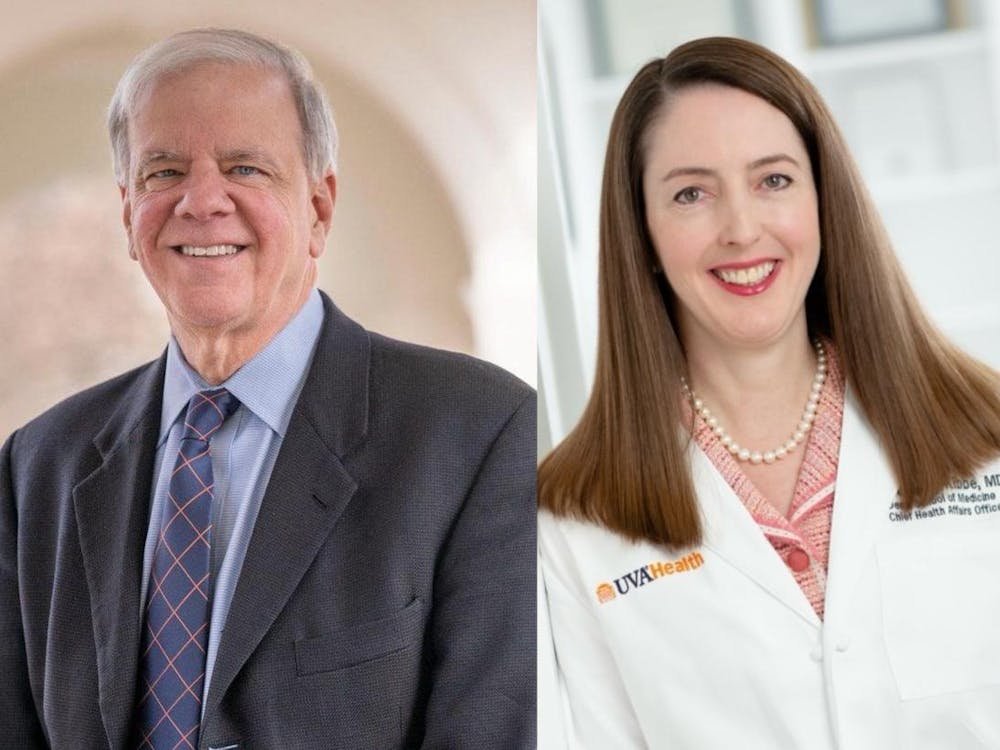Epilepsy affects more than two million Americans, according to the National Institute of Neurological Disorders and Stroke.
About 25 to 30 percent of diagnosed epileptics cannot control their seizures with medication. Dr. Jaideep Kapur of the University Department of Neurology said he hopes his new study will lead to increased access to potent drugs which halt status epilepticus — a particular type of epileptic reaction.
Status epilepticus is neurological condition that causes frequent, prolonged seizures which place patients at risk for neurological damage and death. Kapur plans to conduct a five-year trial with a $21.4 million grant from NINDS to determine the most effective medications for curbing status epilepticus.
“Neurologists, [emergency room] physicians and intensive care specialists commonly treat status epilepticus and these physicians have substantial interest in the study,” Kapur said in an email.
The study is set to include up to 795 patients from 40 hospitals which are members of the Neurological Emergencies Treatment Trials Network and the Pediatric Emergency Care Applied Research Network.
The goal of the study is to determine the best drug to treat status epilepticus. Several drugs will be tested and judged based on efficacy and side effects. Initially, patients will be given benzodiazepines, a tranquilizing drug — however, if the patients’ conditions do not improve, they will be given one of three drugs chosen by Kapur and his colleagues.
“The ultimate benefit is to reduce the brain damage that can occur, reduce admissions to the [intensive care unit] and reduce the chances of death,” Kapur said in a UHS press release.
The study has the potential to radically change the lives of those who are debilitated by status epilepticus. However, it does not come without obstacles. Patients in the study are so incapacitated by the neurological condition that they cannot consent to participating. Thus, Kapur and his collaborators are working to gain the support of the communities in which the study will take place.
“We would find which drug is safest and if any drug works better in children or the elderly,” Kapur said in an email. “It will also determine if any of these drugs reduces admission to the [intensive care unit] or length of stay in the [intensive care unit].”
Once the most effective drug is named, Kapur plans on releasing the results to physicians so that those who suffer from status epilepticus can benefit from the study as soon as possible.




